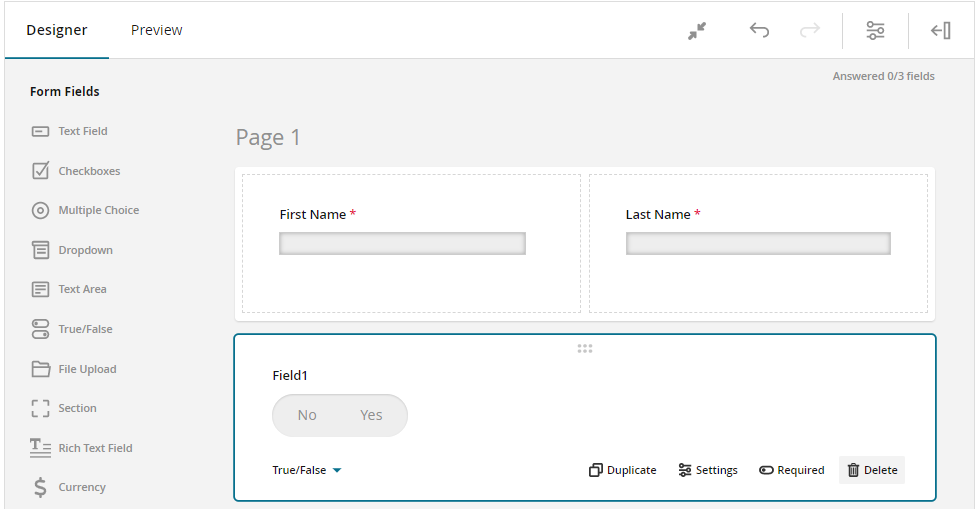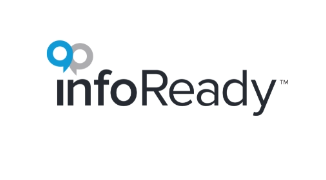Data fuels research, and research, in turn, creates even more data. From an operations standpoint, all this activity also produces application, review, and follow-up data. Amidst all this hustle and bustle, it’s easy to lose track of which information is most important to gather. Depending on your organization and data management style, this can either be a positive cycle or a challenging one.
Administrators have the important task of ensuring that reviewers have all the information they need to properly evaluate each proposal during the application submission process. They're also the ones who match reviewers and subject matter experts to specific proposals. When it comes to designing your data collection process, it's often helpful to start with the end in mind. Administrators can save a lot of time by asking applicants upfront for the information that might be needed later in the review process.
Let's think about gathering these data points:
-
Primary organization
Which department or affiliation does the applicant or principal investigator (PI) belong to? Gathering this information from InfoReady's standardized, systemwide hierarchy helps keep everything neat and tidy.
-
Conflicts of interest
Who should step aside from reviewing their proposal (and why)? Pop in a text box to gather this info, which helps avoid endless emails and re-assignments during the review stage.
-
File uploads
What extra info will reviewers need? If they're checking out the PI’s past contributions, make sure a CV is uploaded. Looking at the budget? Toss in a template to make things easier for everyone involved.
-
Co-applicants
Who else teamed up on this proposal? Collecting information about collaborators is handy to prevent reviewers from the same department (or even their own project) from evaluating it.
-
Past awards and grants
Has this applicant ever snagged this or other internal awards and funding before? Knowing this can help us figure out eligibility, decide who should review, and determine the best routing process for the application.
Bottom line:
Take a moment to review your process and ask yourself: "Can our reviewers easily evaluate the criteria we've set with the current application components?" If the answer is "No," it's time to revisit the application form and add any necessary fields or file uploads to ensure reviewers have everything they need. Make sure the questions on the application form align with your scoring rubric. Also, include clear instructions for applicants on how to complete each section. Investing a little extra time in these details now will save you from a flood of questions and emails once the submission and review processes kick off.





